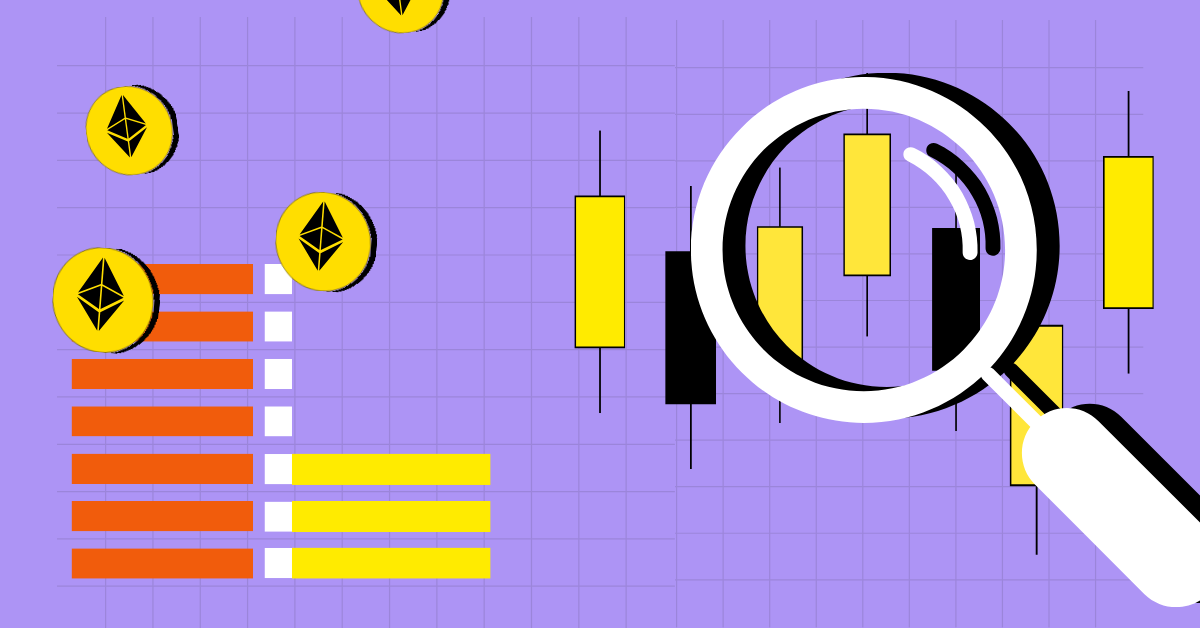
Combining price action analysis with moving averages forms a winning strategy that crypto traders can master for consistent success. By intertwining the insights derived from price movements with the smoothing effect of moving averages, traders gain a comprehensive understanding of market trends. Let’s delve deeper into how this approach works. Ready?
Price Action Trading involves making decisions based on actual price movements rather than relying on indicators. Traders analyse raw price charts to identify trends, support, and resistance. It is a strategy focused on understanding market dynamics without using complex tools, emphasising the direct observation of price behaviour.
| Do Price Action Strategies Work Better With Technical Indicators In Crypto Trading? Yes, combining Price Action strategies with technical indicators enhances effectiveness in crypto trading. Notable indicators include Moving Averages for trend confirmation, Relative Strength Index for momentum, and Bollinger Bands for volatility insights. |
Moving Averages are tools in trading that smooth out price trends over time. They calculate the average value of price in a set period, revealing the overall direction of the market. By reducing noise and highlighting trends, Moving Averages help traders identify potential entry and exit points.
Combining Moving Averages with Price Action Strategies means using average price trends and chart patterns for smart trading decisions. Moving Averages smooth out price fluctuations, helping identify trends. When paired with Price Action, it forms a powerful approach.
Price action traders use moving averages uniquely. Instead of relying on crossover signals, they focus on understanding market structure and price action. Moving averages help them identify trends, find support and resistance levels, spot price extremes, and grasp market structure.
Price action traders use moving averages in three key ways.
Firstly, they determine market trends by comparing current prices with a chosen moving average, like the widely used 200-day moving average.
Secondly, moving averages serve as crucial support and resistance levels, guiding traders on when to enter or exit positions.
Lastly, moving averages help identify price extremes, identifying potential trend changes.
In price action trading, determining market trends involves the following steps:
In a price action trading strategy, using moving averages as support and resistance levels involves the following steps:
Also Read: Volume Price Action Trading Demystified: Crypto Trading Made Simple
In a price action trading strategy, using moving averages to identify price extremes involves the following steps:
In the dynamic landscape of price action trading, understanding the nuances of market dynamics becomes paramount for traders seeking consistent success. This article has delved into the essence of Price Action Trading, emphasising the reliance on actual price movements over traditional indicators. The integration of Moving Averages into this strategy adds a layer of sophistication, offering insights into trend identification, support and resistance levels, and potential trend changes. By combining these elements, traders can navigate the complexities of the market with a nuanced approach, making informed decisions that align with the ever-evolving narrative of price action. Remember, mastering this interplay is a continuous journey in the world of trading.
CoinPedia has been delivering accurate and timely cryptocurrency and blockchain updates since 2017. All content is created by our expert panel of analysts and journalists, following strict Editorial Guidelines based on E-E-A-T (Experience, Expertise, Authoritativeness, Trustworthiness). Every article is fact-checked against reputable sources to ensure accuracy, transparency, and reliability. Our review policy guarantees unbiased evaluations when recommending exchanges, platforms, or tools. We strive to provide timely updates about everything crypto & blockchain, right from startups to industry majors.
All opinions and insights shared represent the author's own views on current market conditions. Please do your own research before making investment decisions. Neither the writer nor the publication assumes responsibility for your financial choices.
Sponsored content and affiliate links may appear on our site. Advertisements are marked clearly, and our editorial content remains entirely independent from our ad partners.
The United States Commodity Futures Trading Commission has made another major step to facilitate the…
JPMorgan has accelerated its tokenization bid for real-world assets (RWA) through the Solana (SOL) blockchain.…
Ethereum (ETH) price has gradually signaled bullish sentiment in the last few days. As the…
A wave of liquidations rippled through the crypto market over the past 24 hours, wiping…
A recent comment from Cardano founder Charles Hoskinson has revived long-running speculation that Ripple’s chief…
A crypto analyst known as Angry Crypto Show says he was hit with unexpected backlash…